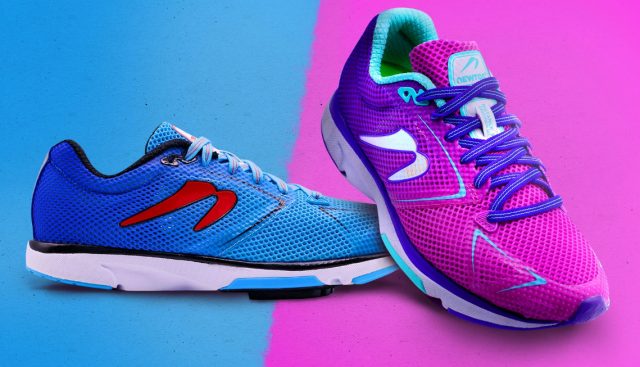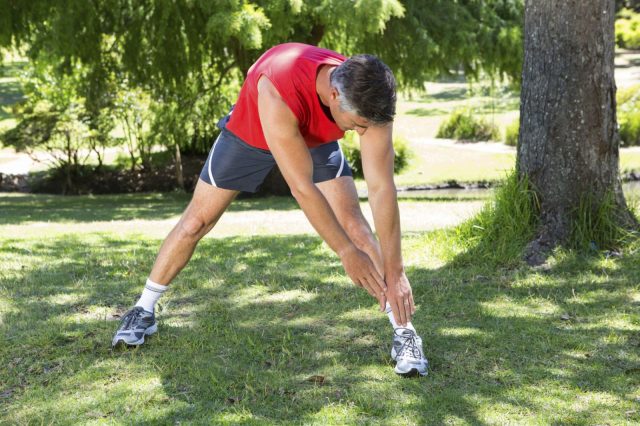
Running is good for any age, and it’s never too late to master this activity. It doesn’t matter if you are 20 or over 50; the key is to get started right. In this article, we will not tell you about cardio training benefits but share useful tips for those just beginning their journey on a treadmill. And if you need professional advice on choosing the right gear, check out willpowerpeak.com.
1. Get Your Doctor Advice

If you did not have a lot of physical activity previously, or you have some injuries or health problems, it is recommended to consult a doctor. They will be able to give a competent assessment of your condition and advise where you should start. Please note that there is a fairly extensive list of health disorders for which running is contraindicated.
These include varicose veins, problems with the cardiovascular system, musculoskeletal system, and joints.
2. Buy Running Shoes and Sportswear

Choosing the right gear depends on the weather conditions and the track you plan to run on. Ideal clothing should be lightweight and not restrain your movements. Most importantly, it should be made of synthetics (polyester and polyamide) to wick moisture well. Jogging shoes are an essential part of a runner’s outfit. It is something not worth saving on. High-quality footwear will provide comfort while moving and reduce the risk of injury. If you run on different surfaces (asphalt, grass, etc.), it is recommended that you purchase a separate pair of shoes for each.
3. Set a Goal

A goal is something that will motivate you to keep going and not quit halfway. You can plan to conquer a certain distance, a challenging route, or simply climb the stairs to the 10th floor of an office building without shortness of breath. It may take two weeks for one person to achieve such a goal and more than a month to another. It all depends on the individual characteristics of your organism. To track your own progress, record your results on paper or using smartphone apps.
4. Start Small
Whichever goals you have outlined, you should start with light, short runs. If you are not ready to run at a continuous pace just yet, alternate between running and walking — for example, two minutes of light jogging and two minutes of walking after that. For beginners, it is better to run three times a week, starting with 30 minutes and increasing the load gradually (every week by no more than 10%). From the third week of regular runs, you can add interval workouts with a change of pace.
5. Always Warm-Up

Skipping a warm-up before a run is one of the biggest mistakes many beginners make. It is recommended to perform a set of exercises to warm up your joints before each race. If you run in the morning, take more time to warm up. It will wake up your muscles and prepare them for the work ahead. Do the warm-up smoothly, without sudden movements.
It’s also necessary to stretch after your workout. It is essential for the body’s recovery and prevention of the risk of injury. Muscles always contract during running, and it is very important to bring them to their original state at the end of every workout.
6. Find the Perfect Track for You

You can run on a treadmill in the gym. The weather is always great there, and you can adjust the speed and incline as you like. But jogging outdoors is no substitute. It is good if there is a park with a flat track near you. Although, if you don’t have it, it does not mean that you need to abandon the idea of jogging. Running on asphalt is also acceptable. Its surface is flat, and the risk, for example, of tripping over a stone and getting injured is minimal. To reduce shock on your joints, purchase high-cushioning shoes.
7. Remember About Meals

You can run both in the morning and evening. However, regardless of the time of the day, you shouldn’t gorge yourself before training, but you shouldn’t run hungry either. If you jog in the morning, then you should have a light breakfast an hour before it. If you intend to work out no more than an hour and do not have time to have breakfast, then you can eat half a banana, have a cup of tea or a glass of water 30 minutes before jogging. And if you prefer to exercise in the evening, then your meal should be no later than three hours before the scheduled time.
8. Monitor Your Technique
While on the move, it is crucial to monitor the position of your body and feet. You should run with a straight back, straightened shoulders, and a slight tilt of the body forward.
When jogging, you need to land on the forefoot, as it eliminates braking when landing and reduces the time your foot touches the ground, conserving energy. The arms should be bent at the elbows at right angles. Also, remember to watch your breathing while you run.
It is necessary to breathe in and out through your nose to avoid shortness of breath and pain in the side. Try to keep the same rhythm and count your steps. It will allow you to concentrate and keep a certain pace for a long time.
9. Use Gadgets

Modern devices are great helpers in achieving any goals. With the help of apps, you can monitor your heart rate, distance, and calories burned. Using them, you can also fix your goals, mark results, compete with friends, master new routes, and learn sets of additional exercises. In terms of functionality, all the apps are approximately the same.
Don’t Be Too Hard on Yourself
It is the last and probably the most important tip on this list. Not being too hard on yourself does not mean giving up running after the first difficulty. You just have to listen to your own body and pause when needed. Humans are designed so that if our body does not cope with something, it will let us know: you will slow down, feel weak, etc. Just walk to finish the race and take the next day off to recover.
10. It’s the Right Time to Start Running

Running is so popular precisely because it is accessible to everyone. You can jog in a gym, on a treadmill at home, in a nearby park, or on a mountain trail. Regardless of your age, cardio exercises will only benefit your body. We hope these tips will motivate you and help you start running.














